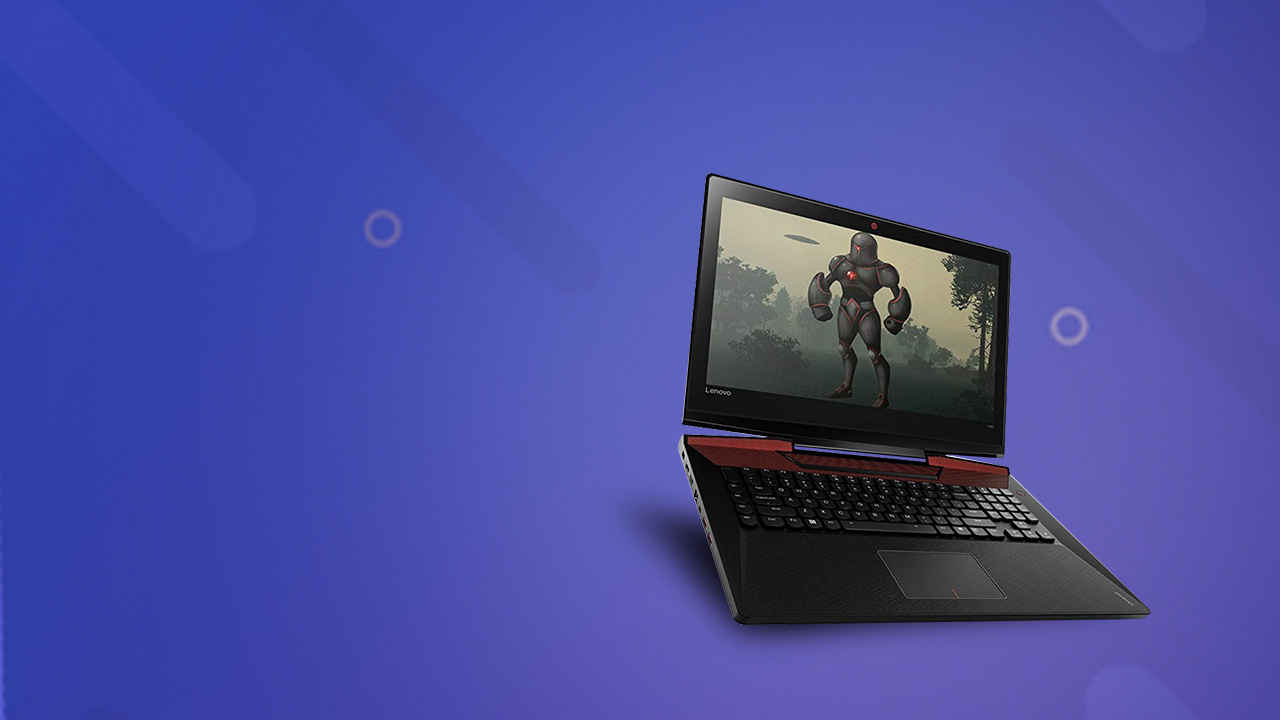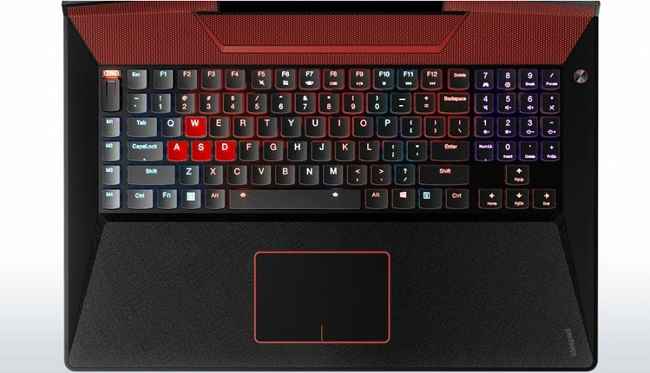Laptop keyboard types and tech explained
What's tactile feedback on a laptop keyboard and why should you care? What types of keyboard can you find on a laptop? Read on to find out.

No matter how far voice input has come, the keyboard still remains one of the most essential input methods on a computer. Sadly, not all laptop keyboards are meant for typing at length. Some of them can be uncomfortable and ungainly for anything more than the occasional push of Ctrl + Alt + Del. So, if you foresee a lot of typing on your next laptop, I urge you to consider these points:
 Survey
SurveySize and Functions
The size of the keys on a laptop's keyboard is important because it is directly proportional to the accuracy of your keystrokes. A 'full-size' keyboard is what you should aim for in your next laptop. Any laptop with a screen size of 11.6 inches or more should feature a full-size keyboard. The accuracy of your keystrokes is further improved if the keys are concave in shape instead of flat because the light dimple helps your fingers find the centre of a key without looking down at the keyboard.
It really helps to examine the laptop keyboard for keys you believe are essential for you and your type of work. For example, if your work involves a lot of writing or text manipulation, you may want standalone keys for cursor navigation functions like Home, End, Page Up, and Page Down. Many laptops today combine them with other keys like the arrow keys and can only be accessed by pressing them in combination with the Function key. Though the F-keys F1–F12 are barely in use these days, you may still want to use them without a combination for programming. In such a case, it's essential to find out if the computer has an option to swap the media hotkeys for F-keys. Depending on your working environment, you may also want backlighting for the keys. Choosing a model with adjustable brightness levels can help you type in the dark without burning your eyes.
Tactile Feedback, Travel, and Flex
Even if it might seem counter-intuitive, it's good to look for keys that offer more resistance while pressing them. This is because a key with more resistance offers better tactile feedback to the finger. A key that's easy to press and release won't give you the feeling of having pressed a key. So you'll tend to re-press it. This is how mistypes occur.
The travel of a key signifies how far down it goes in when pushed. Low-profile keyboards offer a short throw and can be uncomfortable to type on for many. Many thin-and-light laptops tend to come with a low-profile keyboard because of their slim frames. It always helps to give the laptop keyboard in question a good test drive before buying as it's really more of a personal preference and comfort, and can't be quantified.
Flex on a laptop keyboard refers to how bendy the base of the keyboard feels when the keys in the middle (keys G and H) are pressed and released. A laptop keyboard with a lot of flex will buckle inwards along with the keys depressed. It is considered bad because it changes the force feedback of the keys unnecessarily. The support beneath the keys must be firm for accurate typing. Therefore, it's good to find a laptop keyboard with no or minimal flex.
Types of Laptop Keyboard
Laptops keyboards are primarily of three types: traditional style, chiclet style, and mechanical. A traditional style keyboard has keys placed close to one another with each key edge sloping off. It generally offers more surface area and key travel, and is easier to replace because the entire keyboard sits on a replaceable tray.
A chiclet style (or island style) keyboard has keys that appear to pop out of the laptop's body through separate cut-outs for each key. Keys are usually flat and don't slope off around the edges. So it creates an impression that there's more space between the keys. It also makes cleaning the keyboard much easier. The chiclet style keyboard is gradually eclipsing the traditional keyboard in laptops today. It's thinner and more versatile in design; so it's becoming the keyboard of choice for thin-and-light laptop makers.
A chiclet style keyboard is the most commonly found type of laptop keyboard today
Unlike a tradional or a chiclet style keyboard, which uses a membrane under the keys, a mechanical keyboard employs real mechanical switches under the keycaps. The switches produce an audible click with each push, making for increased feedback. A mechanical keyboard is more commonly found in a desktop than a laptop because it uses more space and a more expensive design. The keys on a mechanical keyboard travel deep and are designed to last a very long time.
Some gaming laptops feature a mechanical keyboard
Chances are you'll come across a chiclet style keyboard on your next laptop, unless you go looking specfically for a mechanical or traditional style keyboard. In such a case, you need only observe the keyboard for travel, tactility, overall comfort, and key functionality. You can't really go wrong with any keyboard, but if you find a keyboard that suits your typing style, it could boost your productivity fivefold and keep your fingertips smiling.
Vignesh Giridharan
Progressively identifies more with the term ‘legacy device’ as time marches on. View Full Profile

